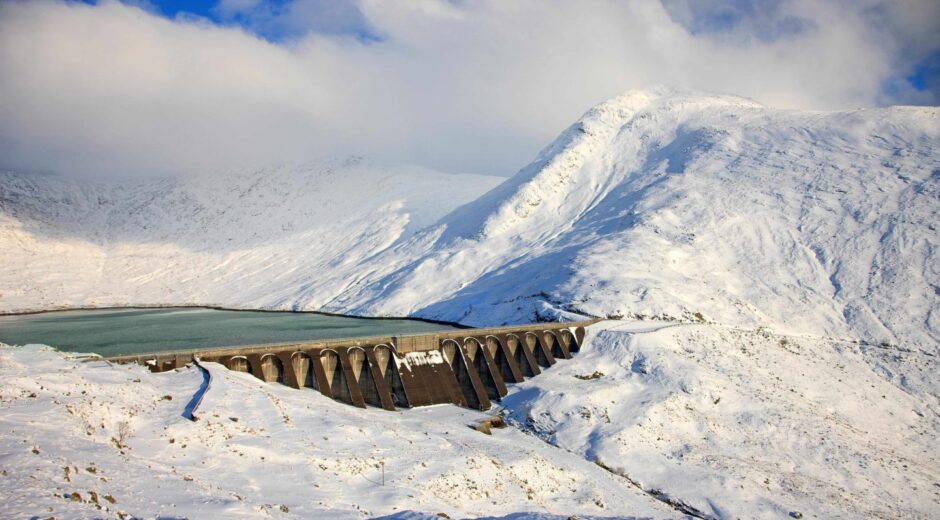
The potential for UK hydropower projects to displace winter gas demand is “still not recognised” by government, according to an industry body.
Speaking at the British Hydropower Association (BHA) conference in Glasgow, chief executive Kate Gilmartin recognised there has been “exciting progress” for pumped storage schemes in 2024.
Despite this, Gilmartin said the wider hydropower industry should play a greater role in decarbonising the UK grid because of its ability to displace gas in winter.
“We’re edging closer to what could be the UK’s largest scale hydropower deployment in 50 years,” Gilmartin said.
“However, hydropower, the workhorse of the renewable energy sector that continues to deliver reliable generation decade after decade, still has an issue in that its true value as a winter generator that can displace gas is still not recognised.”
While the UK is investing in hydrogen and gas-fired power with carbon capture and storage, Gilmartin said these technologies are “still shackled to the global fossil fuel market and are liable to price shocks”.
Gilmartin said that, as the hydropower industry “moves towards mobilisation and deployment”, it wants to play a greater role in the Labour government’s plans to decarbonise the grid alongside wind and solar.
The BHA also believes tidal range projects in particular offer a potential industrial opportunity for UK firms, bringing jobs and growth to clusters of regional areas.
“The politicians and the policy makers are in listening mode and problem solving mode,” Gilmartin said.
“Hydropower can assist in the government’s ambitions. We just need to tell them how, why and what.”
Clean Power 2030 and GB Energy
Gilmartin pointed to a recent report from the newly formed National Energy System Operator (NESO) to highlight the potential role for hydropower.
While hydropower isn’t directly mentioned in the Clean Power 2030 report, Gilmartin said the industry needs to make its case for “flexibilities at the margin”.
“Anything that can remove gas and its ability to set the marginal price will be considered, and this is where hydropower must be inserted,” she said.
Alongside new build projects, Gilmartin said refurbishment and digitisation of existing hydropower infrastructure is key to ensure it is “fit for the future grid”.
Meanwhile, Gilmartin also hinted at a potential partnership with Labour’s flagship publicly-owned GB Energy.
GB Energy chair Juergen Maier has said the firm will look to invest in community energy projects, which could include community hydropower.
Gilmartin said the BHA has been invited to participate in this work, with an official announcement likely in a “few weeks”.
Increasing demand for reliable power from data centres also offers another potential opportunity for investment in the sector, Gilmartin added.
“Underpinning any new generation, we have to have a bankable business case, and we’ve got to look for new mechanisms that can enable that…. to be developed,” she said.
UK pumped storage hydro
Pumped storage schemes have gained renewed traction in recent years as the UK looks improve the reliability of the grid in peak times when wind and solar generation is low.
The UK has not commissioned any pumped storage hydro capacity since 1984, but hydropower developers have proposed a raft of new projects.
The 11 most advanced pumped storage projects in the UK have a combined 200 GWh of storage capacity and the potential to attract billions in investment.
Of these, two are in Wales and nine are in Scotland, including the Glen Earrach, Coire Glas and Cruachan schemes.
Major investors include Drax, SSE Renewables, Foresight Group and Norway’s state-owned Statkraft are behind several of the Scottish developments.
Other firms including ILI Group, Gilkes Energy and Statera are also advancing projects, with Glen Earrach led by the family owners of the Balmacaan Estate.
Altogether, a BiGGAR Economics report found delivering just six of the Scottish projects could create almost 15,000 jobs and generate up to £5.8 billion in economic benefits by 2035.
Tidal range
The hydropower industry is also promoting tidal range projects for their predictability and industrial potential, alongside the fact the UK has a natural advantage.
The country has the world’s second highest tidal range, and the current pipeline of UK projects could deliver around 10 GW of installed capacity and 20 TWh per year – equal to 5% of UK energy use.
A 2023 study from Lancaster University found UK projects are financially viable and could lower energy bills, and the BHA hopes to see its potential recognised in an upcoming NESO long-term strategic plan.
While tidal range projects in Swansea Bay and the Severn Estuary failed to move ahead in the 2010s, the idea is starting to gain traction once again.
Liverpool mayor Steve Rotherham is backing the proposed £3.5bn Mersey Tidal Power project, while the Crown Estate is funding exploratory work on new tidal proposals for the Severn.
But alongside the potential for 20 GW of “non-weather dependent, timetabled energy generation”, Gilmartin said there is also an opportunity for “UK plc” in tidal range.
“It’s not about just clean energy with tidal range,” she said.
“This is also about the potential to grow an industrial strategy that could be UK supply chain based.”
Cap and floor and supply chain risks
A University of Cardiff-led study is also investigating the potential for tidal range projects to act as grid-scale energy storage.
It comes after the UK government launched its “cap and floor” mechanism in October, designed to bolster investment in long duration energy storage.
But while the UK has both the hydrological potential and the need to back up its intermittent renewables, Gilmartin said the government “has to work at pace”.
“It’s a global supply chain, global skill set, and requires global capital, and just having a cap and floor mechanism itself is not enough to attract that supply chain to the UK,” she said.
“This is a global, competitive race. We have to really think about what deployment looks like across multiple projects, because that’s not been done before [in the UK].”
Gilmartin also said the industry needed to be mindful of how it will deliver cost-effective projects.
“We’ve done big hydro [developments] before… but when this was undertaken [in the past] it was centrally funded, centrally convened, centrally organised,” she said.
“Whereas this time it’s going to be in competition, and each project will be vying for those same resources, and that could cause price escalation.”
There are also concerns about the future impact of climate change on hydrological systems, which could cause greater seasonality of water availability in parts of the UK.
But overall, Gilmartin said the potential for a “step change” in the UK hydropower industry over the next five years is “huge”.
“This is a great opportunity to ensure all hydropower existing and future is designed in and maximised in the UK’s future energy mix – supporting a stable, decarbonised grid and resilient energy system for decades to come,” she said.
Recommended for you

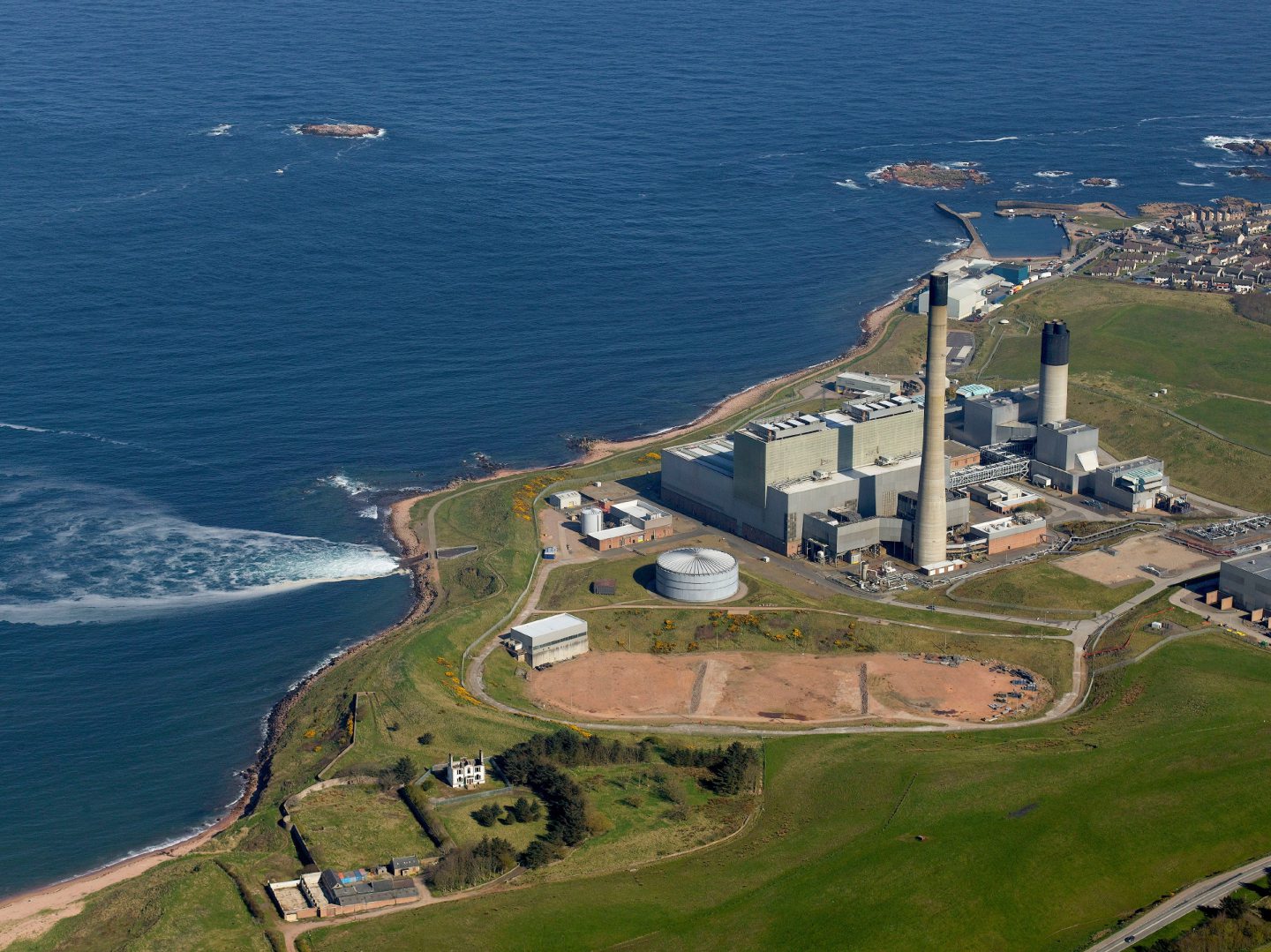 © Aerial Photography Solutions
© Aerial Photography Solutions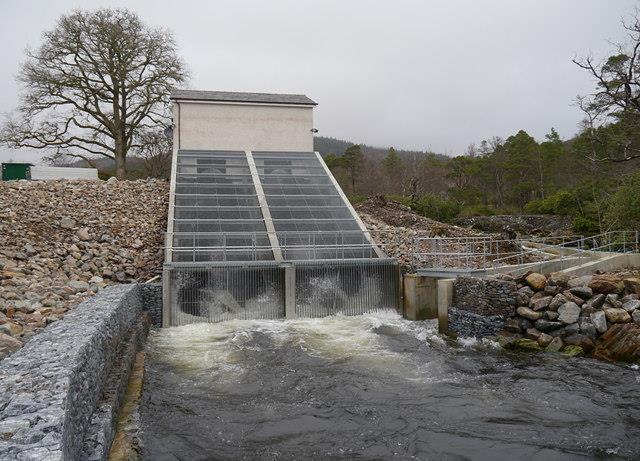 © Supplied by British Hydropower A
© Supplied by British Hydropower A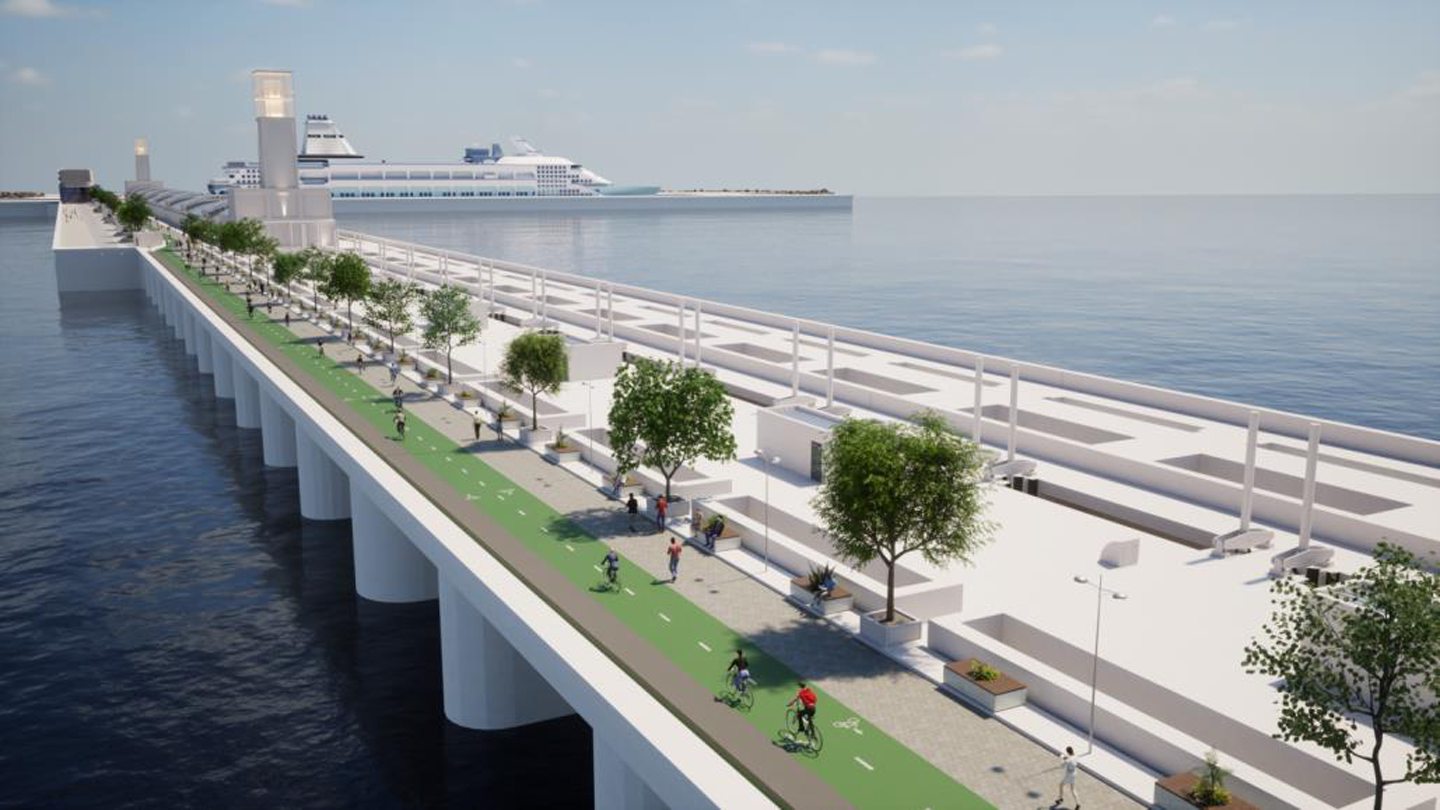 © Image: Liverpool Combined Authority
© Image: Liverpool Combined Authority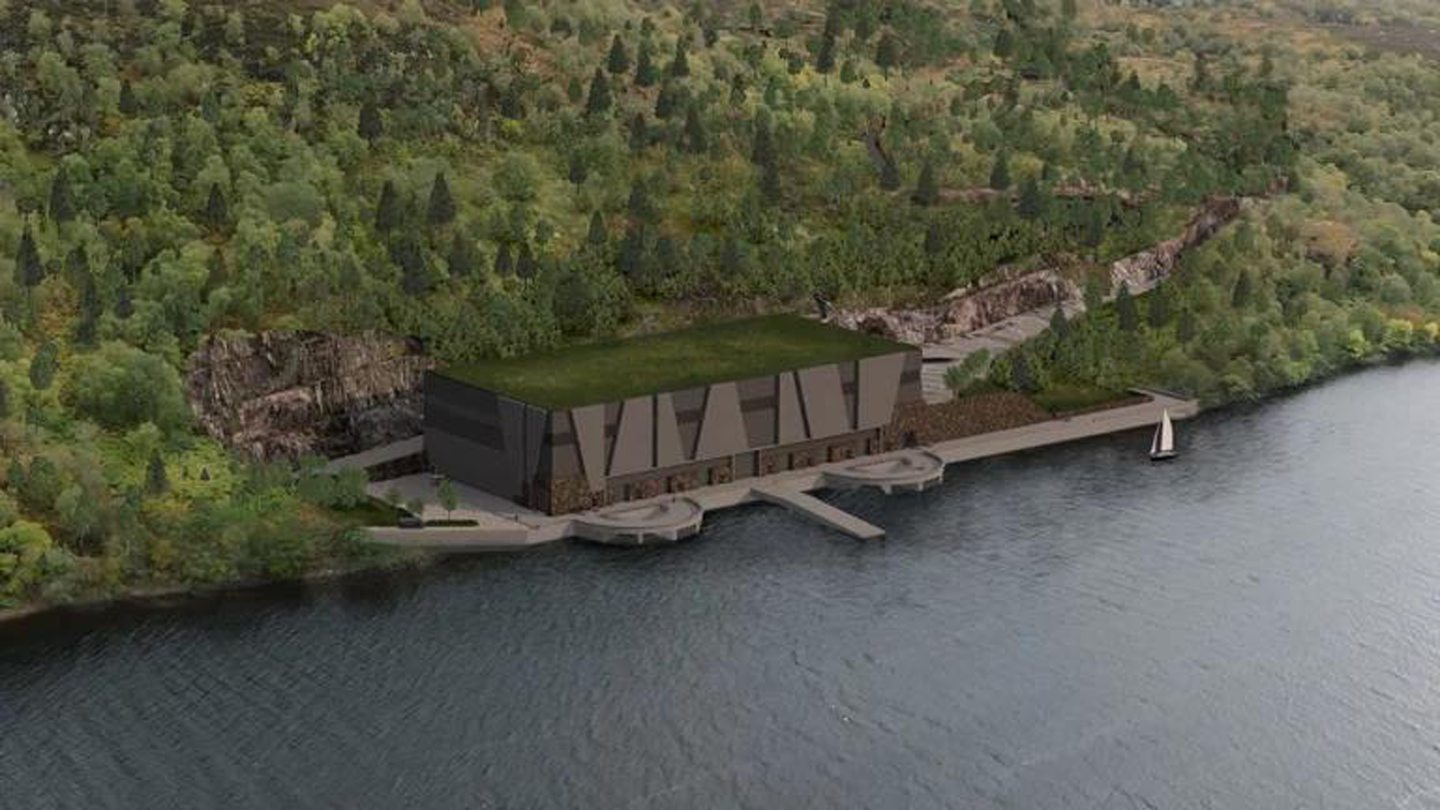 © Supplied by Statera
© Supplied by Statera